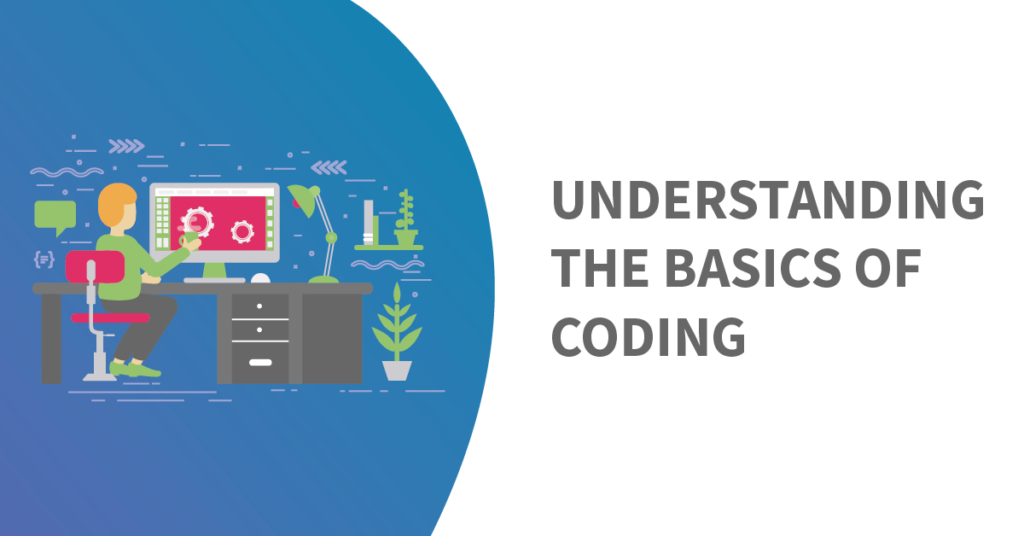
The History of Code
Coding and computer programming has come a long way. Programming dates back to 60 A.D, when a machine created by Mr. Heron of Alexandria, which made puppets do different things based on re-wiring or re-programming the machine, sparked the evolution of computer programming.
Did you know?…
The worlds first computer programmer was a female mathematician called Ada Lovelace. Lovelace was intrigued by Charles Babbage’s plans for a tremendously complicated device he called the Analytical Engine, which was to combine the array of adding gears of his earlier Difference Engine with an elaborate punchcard operating system.
The First Programming Language
The ‘official’ first programming language was Plankalkül, which was developed by Konrad Zuse for the Z3 between 1943 and 1945. Although, some may argue that it wasn’t the first programming language as it wasn’t implemented until 1998.
Short Code, which was proposed by John Mauchly in 1949, is considered to be the first high-level programming language by a lot of people. It was designed to represent mathematical expressions in a format readable by human beings. However, because it had to be translated into machine code before it could be executed, it had relatively slow processing speeds.
What is Code?
Code is sets of rules and instructions, written in a specific programming language, that helps us talk to machines.
There isn’t just one language, there are hundreds that are suited to different tasks. Coding can be used to create programmes that we use in our daily lives. Social media, apps, websites – these would all have coding involved to allow us to use them. In fact, the device you’re currently viewing this article will have complicated coding behind them to work properly.
To build these programs, coders write small sequences of tasks that they want the machines to perform. We call these sequences ‘algorithms’.
Programming Language vs Markup Language vs Scripting Language vs Stylesheet
Here’s where it can get a little confusing. If you’re involved in managing your company website and in roles such as a Digital Marketer, you may know of certain computer languages such as HTML, CSS and JavaScript.
These are all different kinds of languages. For example, HTML is a markup language and CSS is a style sheet language.
Programming Language
A programming language is used to transform data. It does so by creating CPU instructions that rewrite the input data into the desired output.
Markup Language
Markup languages, which are a subset of programming languages, are used to mark up a document to indicate the meaning or significance of an element in the document. It is often used to format elements and control the presentation, structure, and identity of data. For example, if you want the text to be displayed in a table or bullet-points, you would use markup language (such as HTML).
Stylesheet Language
A stylesheet language is a computer language that expresses the presentation of structured documents. A popular stylesheet language is CSS. They are used with markup language to distinguish the style of the code.
For example, CSS will be used with HTML. If you were to create a table of content with HTML, you will then be able to choose things such as the background colour, padding size, and border spacing with CSS.
Scripting Language
Scripting languages are used to automate certain tasks in a programme or extracting information from a data set.
Scripting is also used to perform interactions between elements on a page.
Some common examples of scripting languages include Bash and C shell, as control languages for the Unix or Unix-like operating systems
Popular Languages
Some of the most popular coding languages you would have heard of are HTML, CSS, JavaScript, PHP, and Python.
JavaScript
JavaScript is an object-oriented computer programming language commonly used to create interactive effects within web browsers. You may recognise it from when you do things such as play browser games. It can also be used to add new features to a website. Common uses for JavaScript include confirmation boxes, calls-to-action, and adding new identities to existing information.
Java
Java is a general-purpose programming language that is class-based, object-oriented, and designed to have as few implementation dependencies as possible. The main differences between Java and JavaScript is an OOP programming language while JavaScript is an OOP scripting language. Java creates applications that run in a virtual machine or browser while JavaScript code is run on a browser only.
HTML
Hyper Text Markup Language (HTML) is the standard markup language for creating web pages. It describes the structure of a web page and consists of a series of elements.
If you are responsible for managing your company website, chances are that you’ll at least get involved with some basic HTML coding at some point, especially if you use content management systems such as WordPress.
CSS
Cascading Style Sheets (CSS) is a stylesheet language used to describe the presentation of a document written in HTML or XML.
Again, if you are involved with your company website, you may use this to alter the appearance of elements on your website.
Python
Python is a programming language used for the server-side of web development, software development, mathematics and system scripting.
PHP
PHP is a server-side scripting language, that is used to develop static and dynamic websites or web applications.
Digital Marketing Apprenticeship
The B2W Group offer the Level 3 Digital Marketer Apprenticeship in the North West (areas such as Greater Manchester, Cheshire, and Lancashire) and South Yorkshire.
If you’re interested in improving your coding knowledge, the programme will deliver the Site Development Associate certification. You will learn essential webpage development skills using HTML5 and CSS. You will learn to write code manually, as well as use graphical user interface (GUI) authoring tools. The course content will also involve working with images, create hyperlinks, and add tables, forms, video and audio to your web pages.


